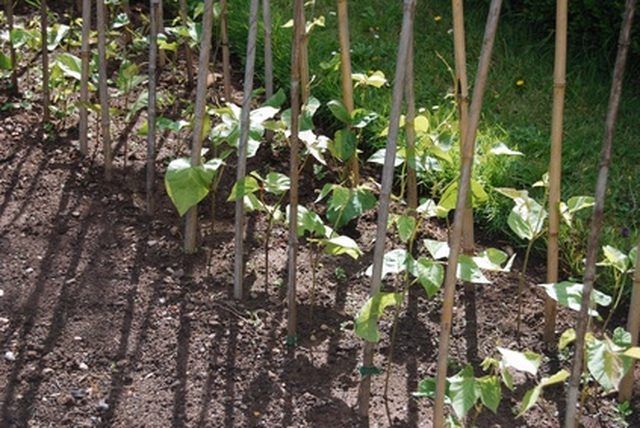Bulbs
Flower Basics
Flower Beds & Specialty Gardens
Flower Garden
Garden Furniture
Garden Gnomes
Garden Seeds
Garden Sheds
Garden Statues
Garden Tools & Supplies
Gardening Basics
Green & Organic
Groundcovers & Vines
Growing Annuals
Growing Basil
Growing Beans
Growing Berries
Growing Blueberries
Growing Cactus
Growing Corn
Growing Cotton
Growing Edibles
Growing Flowers
Growing Garlic
Growing Grapes
Growing Grass
Growing Herbs
Growing Jasmine
Growing Mint
Growing Mushrooms
Orchids
Growing Peanuts
Growing Perennials
Growing Plants
Growing Rosemary
Growing Roses
Growing Strawberries
Growing Sunflowers
Growing Thyme
Growing Tomatoes
Growing Tulips
Growing Vegetables
Herb Basics
Herb Garden
Indoor Growing
Landscaping Basics
Landscaping Patios
Landscaping Plants
Landscaping Shrubs
Landscaping Trees
Landscaping Walks & Pathways
Lawn Basics
Lawn Maintenance
Lawn Mowers
Lawn Ornaments
Lawn Planting
Lawn Tools
Outdoor Growing
Overall Landscape Planning
Pests, Weeds & Problems
Plant Basics
Rock Garden
Rose Garden
Shrubs
Soil
Specialty Gardens
Trees
Vegetable Garden
Yard Maintenance
How to Soak Bean Seeds Before Planting
How to Soak Bean Seeds Before Planting. Bean seeds sown directly into the garden can fail to germinate, particularly when the soil is cool and moist. They need moisture and warmth. If the soil is too cold, the seeds may rot in the ground before they sprout. Soaking bean seeds before planting will soften the outer shell of the seed and speed up the...

Bean seeds sown directly into the garden can fail to germinate, particularly when the soil is cool and moist. They need moisture and warmth. If the soil is too cold, the seeds may rot in the ground before they sprout. Soaking bean seeds before planting will soften the outer shell of the seed and speed up the germination process. Dry bean seeds may take as long as two weeks to germinate. Soaked seeds will usually show signs of germination within three to four days.
Things You'll Need
1-quart Mason jar
Plastic screen or cheesecloth
Scissors
Jar ring
Bean seeds
Water
Inoculant
Shallow pan
Stick
Cut a piece of plastic screen or cheesecloth to fit over the mouth of a 1-quart Mason jar. If you are using plastic screen, it can be the size of the opening. If you are using cheesecloth, cut a piece large enough for a 1 1/2-inch overhang.
Put bean seeds into the jar and add two times as much tap water to the jar. There should be enough water in the jar for the seeds to absorb and begin to swell.
Place the plastic screen or cheesecloth over the mouth of the jar. Screw on the jar ring to hold it in place. Place the jar in a dark location and allow the beans to soak for 12 hours or overnight.
Inoculate the bean seeds if your garden soil is poor and does not have much nitrogen. Place the seeds in a shallow pan and add just enough water to moisten them. Add a small amount of inoculant to the beans and stir with a stick until they have a little bit of powder on the seed coat. Be careful not to damage the seeds while stirring.
Plant the bean seeds immediately. They should be planted 1 inch deep and 2 to 4 inches apart. Seedlings should begin to emerge within a week.
Tips & Warnings
Inoculant enables the bean plants to draw nitrogen from the air and store it in their roots.
Inoculant is sold in small packages. It is available in most garden shops that sell vegetable seeds.
Inoculant is for beans and other plants in the legume family.
Handle the soaked bean seeds carefully to avoid damaging them when planting.
Beans should not be allowed to sprout in the water. The fragile roots are too susceptible to damage. Attempting to plant sprouted seeds may do more harm than good.